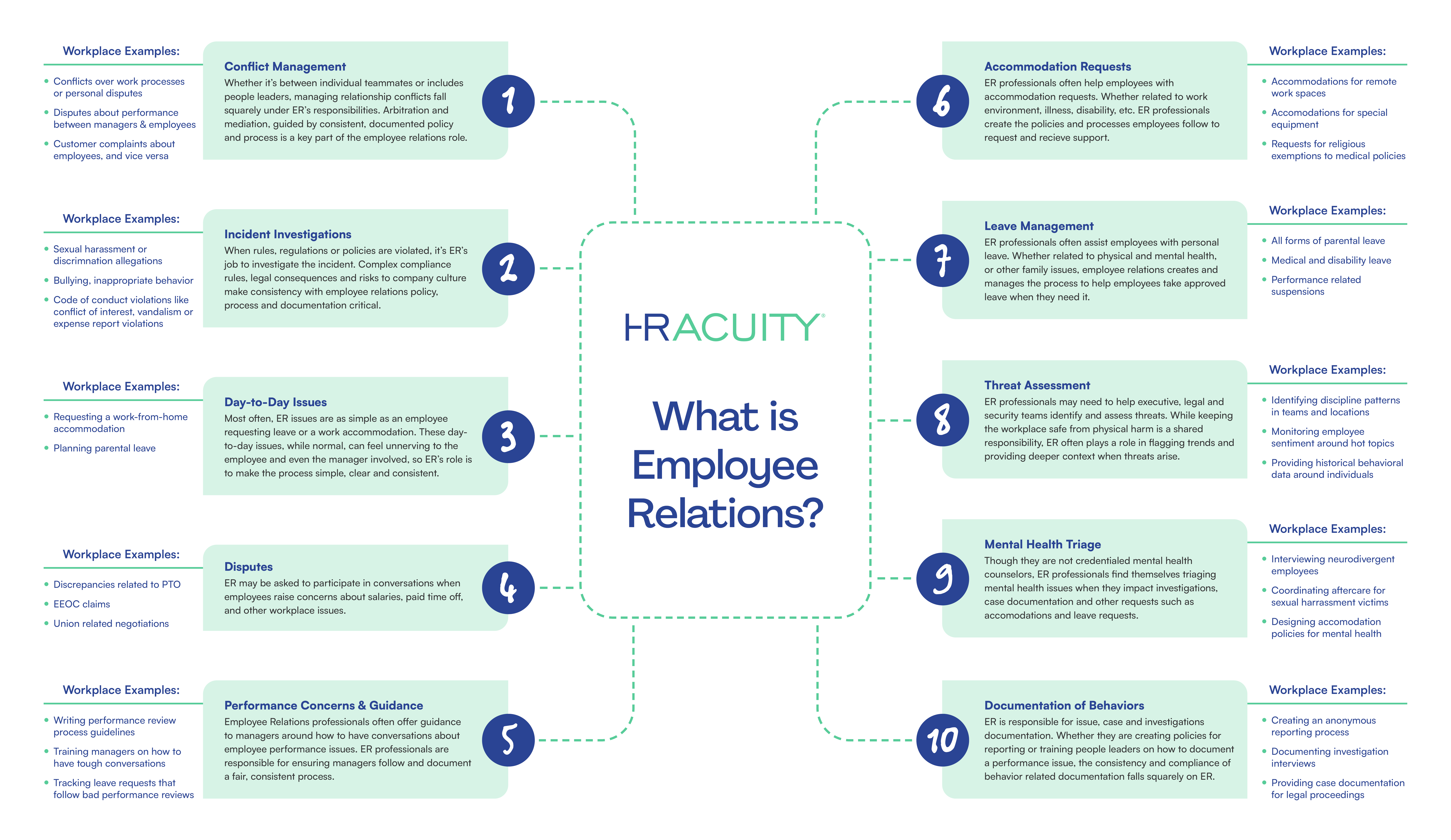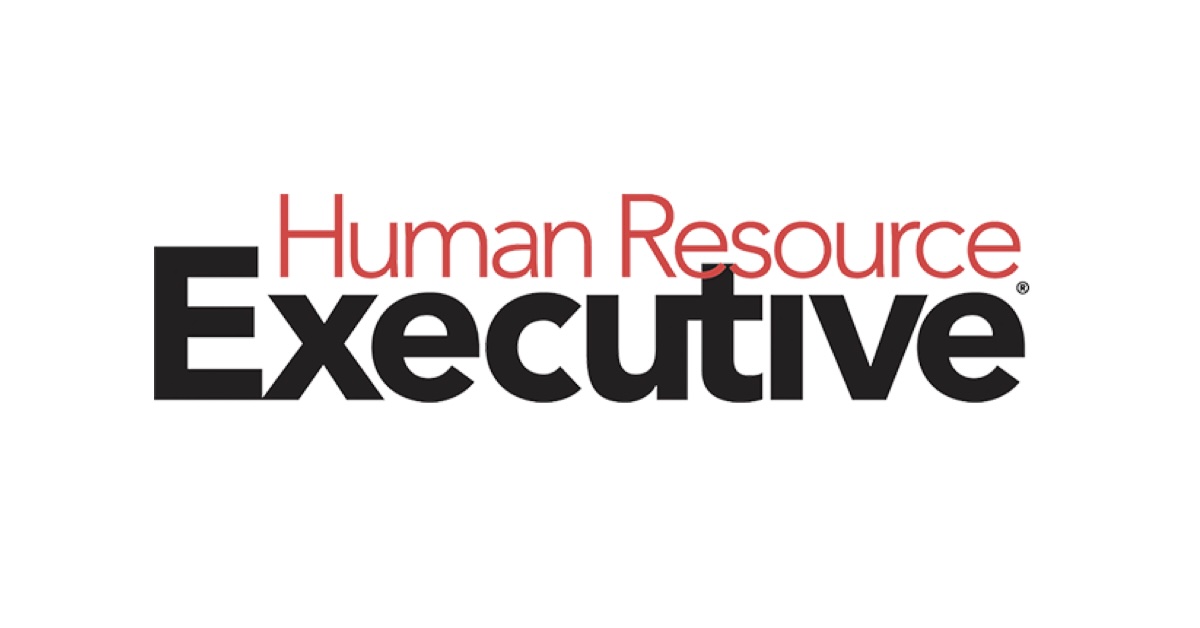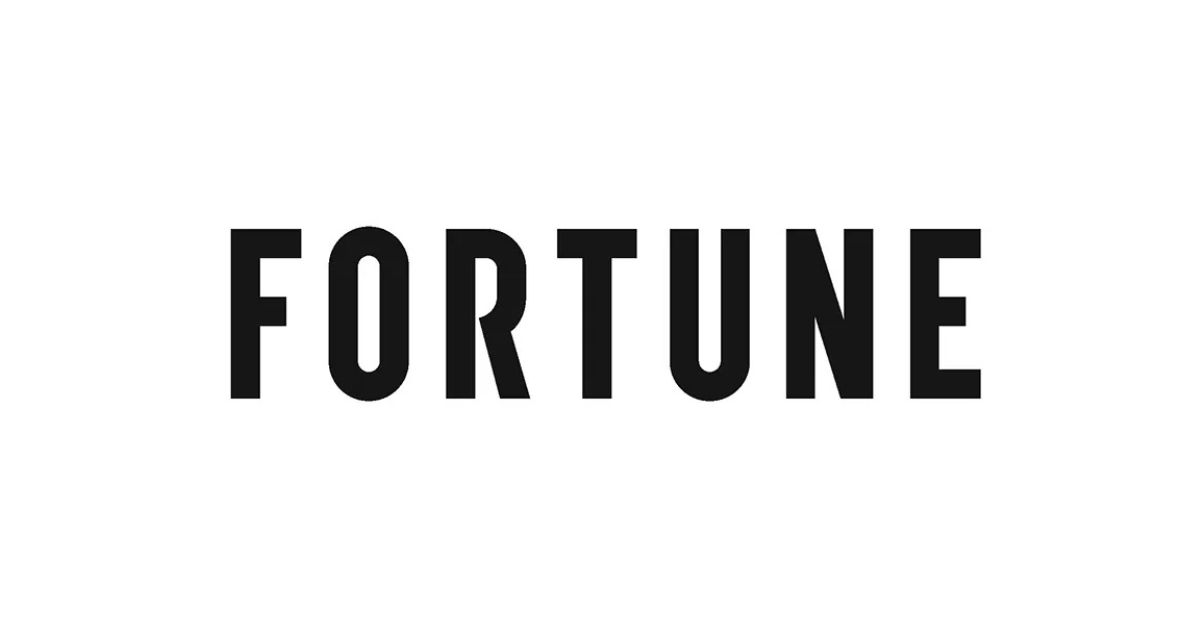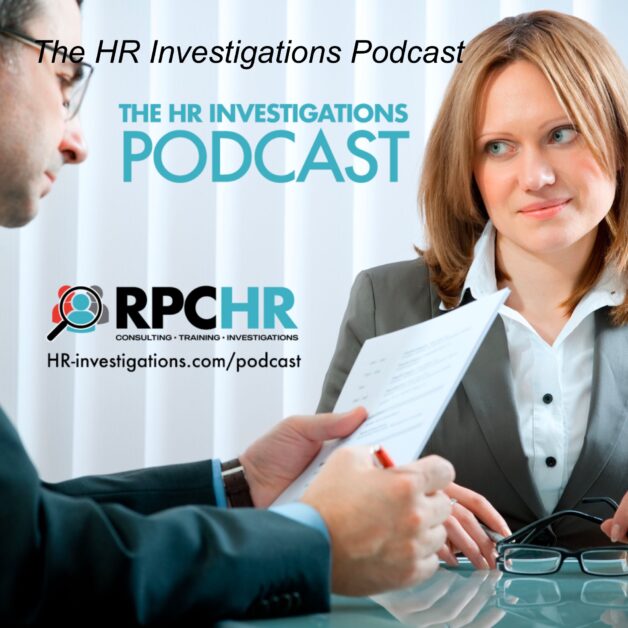Table of Contents
- What is Human Resources?
- What are examples of Human Resources work?
- Why is HR important?
- What is the definition of Employee Relations?
- What are the differences between Employee Relations and Human Resources?
- What are examples of Employee Relations?
- Why is Employee Relations important?
- What are the benefits of Employee Relations in HR?
- Advanced solutions to elevate your HR and employee relations
While they might seem much the same and they do somewhat overlap, human resources and employee relations serve separate purposes within an organization. Taking a closer look at both will allow you to understand their functions, why they’re important, and how HR Acuity can help you improve the two.
What is Human Resources?
Human resources (HR) can be defined as an overarching “umbrella” department that governs all issues and concerns relating to an organization’s workforce and working environment. Human resources managers and specialists handle a number of specialized tasks, such as:
Compensation and benefits
A human resources manager is responsible for managing employee remuneration, paid time off (PTO), health packages, and other perks. Complying with a state’s regulations in this regard is essential, as HR departments ensure that their organization adheres to relevant employment law.
Workplace safety
While it’s not always the case, HR sometimes takes a degree of responsibility in making certain that their organization’s working conditions are up to scratch and comply with applicable health and safety guidelines. An HR specialist might coordinate with a business unit and step in to handle compensation and any relevant paperwork concerning legal disputes that may arise.
Recruitment and exits
Some organizations have specialized sub-departments that oversee hiring but many leave it up to the HR department in general. A hiring or HR manager is in charge of a new employee’s entire employment from the moment they’re hired until they leave the company. HR oversees the recruitment and hiring process (including processing job applications, interviewing candidates and conducting salary negotiations) as well as the formalities and procedures applicable to dismissals and resignations.
Performance management
In conjunction with management, a human resources management employee or team runs the employee review process, including goal-setting and performance evaluation, and provides support to managers in sharing feedback with their employees. Helping employees grow within their roles is central to performance management.
Labor relations
HR departments often have HR representatives who specialize in labor relations (also known as industrial relations specialists). They control matters regarding employee unions like contract negotiations, arbitration and mediation, grievances, strikes, and other forms of collective bargaining.
Without an HR department, organizations are at risk of violating labor law (which can result in lengthy and costly lawsuits) and high employee turnover. Employees who aren’t safe, healthy, or properly compensated are likely to quit or flounder, and underperforming workers stand the chance of being dismissed.
If companies want to remain productive and profitable, they need to ensure that they have a well-functioning HR department. Without proper HR management, businesses quickly lose their competitive edge.
What are examples of Human Resources work?
In practice, HR’s work may include:
- Partnering with business leaders to determine the right working arrangements (shifts, hours, remote vs. hybrid, flex hours, etc.) to meet business needs and at the same time attract and retain talent in the marketplace
- Create policies and programs related to career development and communicate to employees about how to grow in their careers, with manager support
Why is HR important?
Human Resources (HR) is crucial in any workplace, as it is involved in every part of the employee lifecycle. It includes necessary business functions like talent acquisition, talent development and employee relations. In these roles, HR is responsible for finding and hiring top-quality candidates, providing employee benefits and compensation and ensuring a safe work environment.
Organizations also depend on HR to develop company culture, support organizational growth and future planning and facilitate strategic workforce planning. HR must remain compliant and up to date with changing employment laws and regulations that protect employees’ rights.
What is the definition of Employee Relations?
Employee relations (ER) is often defined as part of the human resources department; it is responsible for creating positive relationships and cultivating a constructive work environment that builds and ensures employee engagement, productivity, and trust. Employee relations is a specific HR discipline that focuses on creating strong, positive interpersonal relationships between employees, and between employees and management. ER focuses on the creation, implementation and monitoring of programs designed to improve the employee experience and to foster harmony throughout an organization.
- The function that brings the legal and emotional contract between employers and employees to life.
- Those responsible for nurturing their culture in a transparent manner and maintaining healthy, legal relationships that conform to the company’s values and policies at a workforce, team and individual level.
However, employee relations is really much more than policy setting, policing behavior, conducting investigations and managing conflicts. Good employee relations goes beyond this to create a company culture that improves the overall employee experience which leads to higher employee satisfaction, resulting in increased employee retention. HR Acuity further defines employee relations as the function that brings the legal and emotional contract between employers and employees to life. ER leaders are responsible for managing how organizations transparently nurture their culture and maintain healthy, lawful relationships that align with the company’s values and policies, at the workforce, team and individual level.
What are the differences between Employee Relations and Human Resources?
As we’ve seen, both HR and ER focus on employee well-being albeit in quite different ways. Whereas human resource management encompasses the overall employee experience from hire to exit, employee relations management is centered on developing healthy employee relationships, particularly when events occur that are outside the norm of what would be happening at work. Many human resources professionals do employee relations work. Let’s take a look at some examples:
- Performance management vs employee-management liaison: HR (in collaboration with management) establishes the processes for managers to provide feedback to their employees to help them achieve goals and develop in their careers. Meanwhile, an employee relations manager might get involved when an employee is having a performance issue or problem, coaching both the manager and the employee through the process of an improvement plan so that the employee can get back on track.
- Workplace safety and impact on employee engagement: While HR professionals occasionally are charged with employee safety programs and policies, , ER becomes involved more often when those policies are violated or there’s a workplace injury that needs tracking from a workers’ compensation standpoint. ER also helps identify potential threats to the workplace and is often the first to identify if an employee is facing a mental health crisis.
- Compensation and benefits vs recognition and rewards: It’s HR’s duty to ensure employees are appropriately remunerated and receive perks and packages as mandated by law. By contrast, ER works to make certain that workers feel appreciated and respected on a more emotional and psychological level.
What are examples of Employee Relations?
- Conflict management
- Incident investigations into misconduct or other behavior concerns
- Day-to-day issues
- Disputes
- Performance concerns and guidance
- Accommodation requests (religious or disability)
- Documentation of behaviors that could lead to discipline or investigations
- Potential mental health concerns/triage
- Threat assessment
- Leave management

Why is Employee Relations Important?
Employee relations (ER) is a critical component within HR that is centered around building a trusted work environment for all employees. ER teams oversee employee performance, handle employee accommodation requests and address and investigate workplace conflict and inappropriate employee conduct. By fulfilling these responsibilities, ER teams help maintain a satisfied and secure workforce, essential for meeting the customer needs of the organization.
Benefit: Employee retention
Reason: Creating a working environment where employees can feel safeguarded is a crucial component to retaining staff and improving their efficiency. If there is a lack of trust, equity or transparency, attracting and retaining good talent is nearly impossible.
Benefit: Employee experience in professional development
Reason: The benefits of ER go beyond just creating a positive work environment; employee relations staff also impact employee performance and professional growth by improving the overall employee experience at work. When people feel that they are learning, growing and working towards something greater, they are more likely to stick around. People generally do not want to feel stagnant. They want to grow and improve, and this actually benefits your organization too. Fostering professional and personal development will ultimately lead to increased productivity, higher revenue and a more distinguished brand image – all of which are key to creating a sustainable competitive advantage.
Benefit: Safe & healthy workplace culture
Reason: Another major focus area for employee relations is addressing and investigating workplace conflict and inappropriate employee conduct. In trying to figure out a solution, which may include disciplinary action, employee relations professionals take a look at the data connected to employee problems to find out the potential sources of workplace problems and identify the supervisors, locations, or employees that could be the cause of ongoing employee relations issues.
Prioritizing employee relations is a surefire way to proactively address potential issues before they escalate into bigger problems — such as job loss or legal action.
Benefit: Employees are more engaged
Reason: Create a company culture that encourages employee feedback and a good work-life balance: An environment where employees are able to show up as their authentic selves without fear of harassment, diversity and equal opportunity is present, all opinions are valued and conflicts are dealt with immediately, fairly and consistently.
When you create a work environment like this, employees are engaged and more productive because they feel valued and cared for. Companies with good employee relations also tend to see lower absenteeism, tardiness and turnover rates.
What are the benefits of Employee Relations in HR?
Having a positive culture and healthy employer-employee relationships allows employees to focus on work and an organization’s customers, resulting in greater productivity and increased discretionary effort.
This results in improved customer service, in-demand products and services, more alluring job candidates and an overall increase in the company’s profitability.
An organization’s most valuable asset is its employees. While employee engagement is important, satisfaction is not a substitute for true commitment. When an employee relations team creates a strategy and a culture where team members feel valued and fulfilled in their roles, it increases employee loyalty and the company’s chances of ongoing success. Managers who are equipped to cultivate positive relationships with their teams create a better work culture and an environment that employees are hesitant to leave.
Accomplished businesses are aware of the opinions of their employees. They administer surveys to identify issues that make employees feel neglected, unheard and not part of the team. They acknowledge and reward outstanding performance. They save potentially millions of dollars on turnover each year, which increases the profitability of the organization and allows it to invest in benefits and amenities that make employees feel appreciated and motivated to work even harder.
It’s vital that employee relations use data and analytics to monitor workplace trends and problems that could affect the culture and make it more likely that employees will leave. HR Acuity provides managers with actionable insights that inform their strategy and help them address concerns before they become serious problems.
Advanced Solutions to Elevate HR and Employee Relations
Navigating the complexities of HR and employee relations requires more than just policies—it demands the right tools to ensure consistency, transparency and compliance. Without a structured approach, organizations risk inconsistent case handling, legal exposure and breakdowns in trust between employees and leadership.
HR Acuity provides a purpose-built solution to help organizations proactively manage risk, conduct thorough investigations and make data-driven decisions. Our risk management and compliance equips ER/HR teams with the tools to document and address workplace concerns fairly and consistently. The investigation management standardizes case handling with built-in workflows, ensuring every issue is resolved efficiently and defensibly. With HR reporting, organizations gain real-time insights into trends, helping them proactively address workplace challenges before they escalate.
By combining structured processes with powerful analytics, HR Acuity empowers organizations to strengthen employee relations, mitigate risk and foster a culture of trust. Schedule a Curiosity Tour with our team today to find out how we do it.




